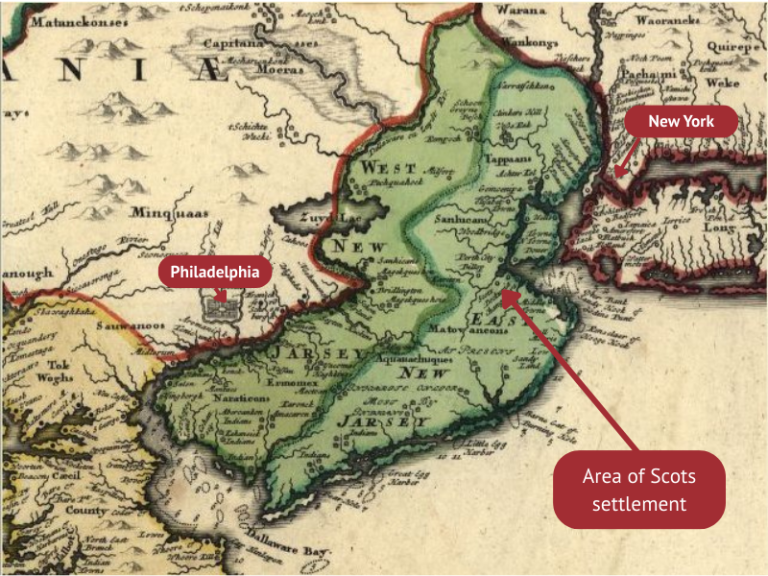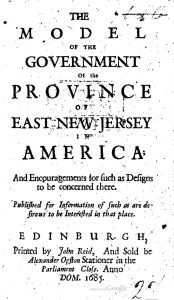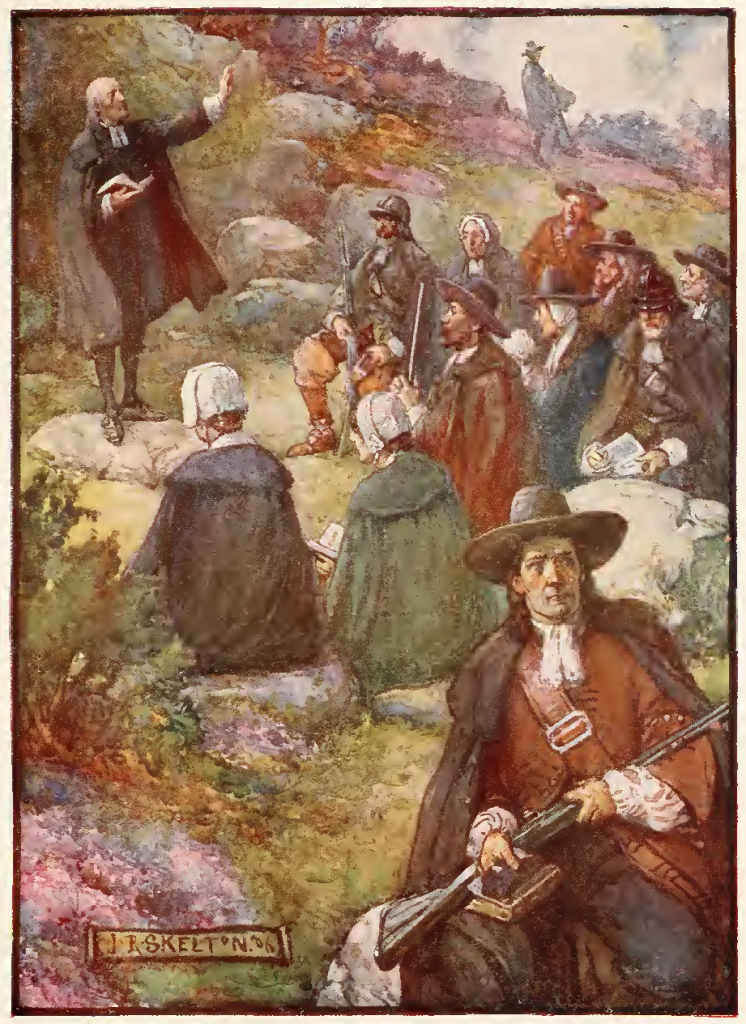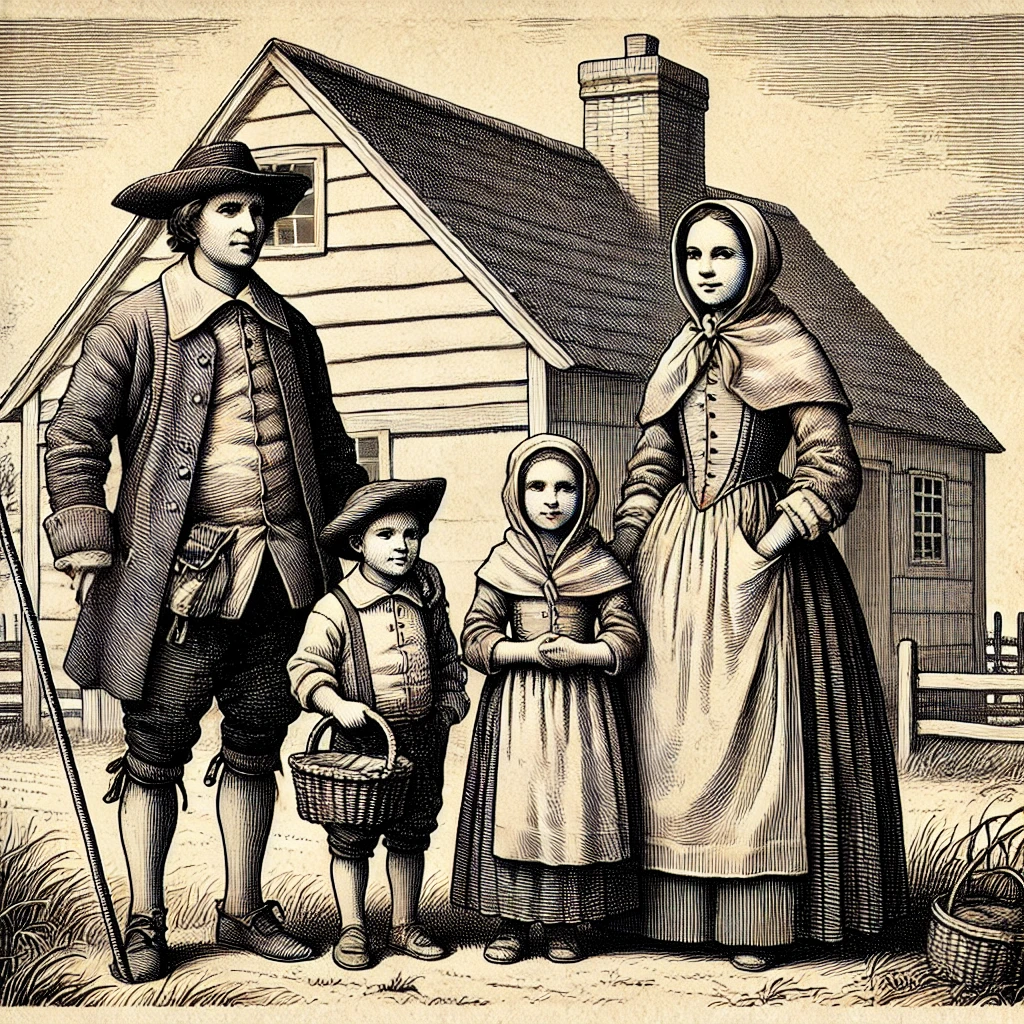Scots emigrants to East New Jersey in the 1680s
Why did they come, who were they, and what became of them?

About 'East Jersey Bound'
This website provides the background to these questions and holds a database with genealogical records for more than 600 emigrants and another 2,000 people: wider kin and associates in Scotland and children born in East New Jersey.
It is aimed at both researchers with an interest in these places and period and to genealogists looking at family connections.
You can search for individuals, families and place-based associations.
Why did the Scots come to East Jersey?
A new life: by choice or banishment?

Between 1683 and 1685 several hundred Scots emigrated to East New Jersey, home to the native Lenape and some European settlers. This venture has been called Scotland’s only successful colony, predating the disaster that was the Darien expedition.
Some were inspired by the visions of a new settlement set out by the Quaker, Robert Barclay of Urie and the Presbyterian, George Scot of Pitlochie, while others were banished as rebel Covenanters. There are many fascinating stories about how they came to leave Scotland and their later experiences.
This period in Scotland was later called ‘The Killing Time’ for the intense persecution of Covenanters which followed the Battle of Bothwell Bridge in 1679. Quakers too had faced hostility and imprisonment for their beliefs. At the same time, merchants and landowners were looking out for new economic opportunities.

Who were the Scots emigrants?
Their backgrounds, families and connections
The emigrants were drawn mainly from the Central Lowlands and North East of Scotland, from many parts of the stratified society of the time.
They were a diverse lot: Royalists, religious moderates, Covenanters and Quakers. About a third of those embarking between 1683 and 1685, family members included, were free emigrants, two-fifths indentured servants and the remainder transported prisoners.
Amongst their number were merchants, younger sons of landowners, skilled artisans, farmers, agricultural workers and their family members. Three quarters were male and one quarter female, most were young adults, and over 15% were children.
What became of the emigrants?
Their footprint in their new land
Some thrived as merchants, farmers, estate owners and skilled craftspeople, while others barely got by or moved elsewhere. Some returned to Scotland.
Scots played a significant role in the governance of the province and had a lasting influence.

